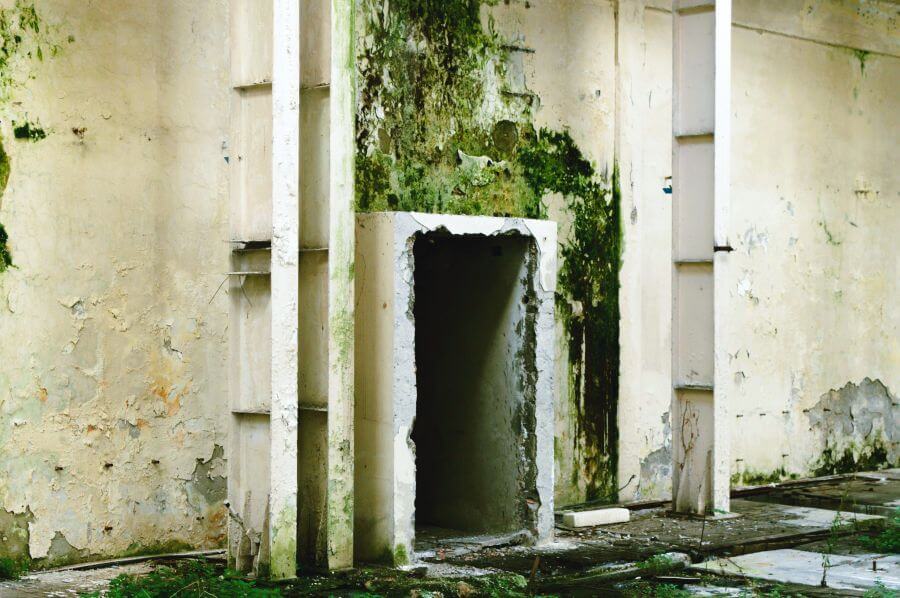Mold is a type of fungus that thrives in moist environments. In man-made structures, if left untreated alongside water damage, it can lead to structural deterioration and pose health risks, including respiratory issues and allergic reactions, especially for immunocompromised individuals. Effective remediation involves identifying the mold, safely removing contaminated materials, and implementing strategies to prevent future growth. The techniques used for mold remediation can vary based on the mold type, severity of the infestation, and the materials affected.
There are many types of mold, but some are far more prevalent than others in homes and buildings. Here are five common mold types:
Stachybotrys
The species of mold known as Stachybotrys chartarum (Black Mold) is one of the most notorious and well-known molds. It has gained this reputation because it produces mycotoxins that can cause respiratory issues, fatigue, and skin irritation. This mold typically appears as a greenish-black substance with a grimy, slimy texture. Black mold thrives in damp environments with high cellulose content, such as drywall and wood after prolonged moisture exposure.
Alternaria
Alternaria thrives in damp environments and is commonly found in showers, under sinks, on water-damaged drywall, and around window frames. This mold appears as dark green or brown fuzzy colonies and spreads rapidly in moist conditions. Alternaria is one of the most common airborne molds and a significant allergen, often triggering asthma, hay fever, and other respiratory issues in sensitive individuals. Due to its ability to disperse easily through the air, it can quickly contaminate indoor spaces, making prompt removal and moisture control essential for prevention.
Aspergillus
The Aspergillus genus of mold can appear in various colors, including yellow, green, white, black, or brown, depending on the species. While some Aspergillus species are beneficial in food production and medicine, such as fermenting soy sauce or producing enzymes, others can be harmful, particularly to individuals with respiratory conditions or weakened immune systems. Exposure to Aspergillus can also lead to aspergillosis, a serious lung infection that can become life-threatening for immunocompromised individuals.
Penicillium
Penicillium is a genus of mold commonly found in soil, decaying organic matter, and indoor environments with moisture issues. It is easily recognizable by its blue, green, or white fuzzy appearance and its rapid growth on damp surfaces such as wallpaper, insulation, carpeting, and food. While some species, like Penicillium chrysogenum, are beneficial and used in the production of the antibiotic penicillin, others can produce harmful mycotoxins that pose health risks when inhaled or touched. Prolonged exposure to these toxic species can lead to respiratory problems, allergic reactions, and other health complications, especially in individuals with weakened immune systems.
Cladosporium
Cladosporium thrives on organic materials such as wood, textiles, and food, as well as in air ducts and HVAC systems. This mold typically appears as black, brown, or olive-green colonies with a suede-like or powdery texture. Unlike some other molds, Cladosporium can grow in cooler temperatures, making it a common issue in both warm and cold environments. Exposure to this mold can trigger asthma, sinus infections, and allergic reactions, particularly in individuals with respiratory sensitivities. Due to its ability to spread easily through airborne spores, it can quickly contaminate indoor spaces if left unchecked.
Final Thoughts
Successful mold remediation involves identifying the mold, safely removing all contaminated materials, and thoroughly drying and treating the affected area to prevent regrowth. Maintaining proper ventilation and controlling moisture levels are essential to minimizing the risk of future mold infestations. Regular inspections and prompt repairs of leaks or water damage can further help prevent mold from returning.
